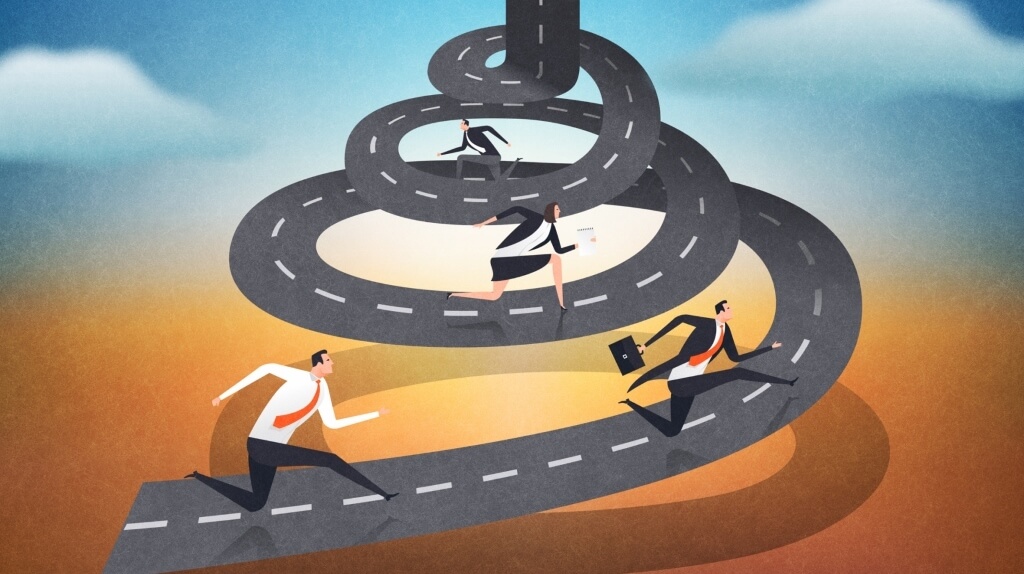There is a developing amount of research that reflects incentives in structuring techniques that add more remunerative workers. Programs that improve the work environment currently speak to the $ 6 billion-a-year industry, yet they generally do not consolidate workplaces that affect our physical well-being and moreover our psychological condition and emotions Are. Our spaces need to help jobs that are necessary to strengthen organization brands and values and encourage more profitable practices.
The extended work period sitting on the work area is the basic work environment behavior. According stockholmkontorsstadning.se 100 million Americans have a lower back torment effect, and its incidence is spreading across all age ceremonies. This is believed to be the is2 explanation behind the inability (the original virus) is 1) and is simply part of the issue, representatives furthermore risk exhausting pressure sores as pressure-related psychological instability, costing the economy all billions of dollars.
Ergonomics and active design
Equip your representatives with agreed, ergonomically right seating and worktables. Individuals come in all shapes and sizes. It does all the more testing to find out the privileged ergonomic seating course for every person.
Adaptation seats have long been an accepted part of the office plan, although balances located for a delayed timeframe may extend the risk for coronary disease, diabetes, and illness – keeping in mind whether individual activities are definitive Are not from Despite practicing an hour or more daily, the customary delay does not remove the danger of well-being. Increasingly more well-off experts portray this surprise as “sitting is the new smoke” so promising growth for the duration of the day is fundamental. Electrically working tables and PC workstations that can be balanced on the dash of a catch are standard hardware in today’s workplaces. These “sit-to-stand” workstations enable delegates to change their seating position for a period of days, moving from a positioned position to a standing position at a catch pinch.
To embrace variable tasks to ensure that your representatives have options for the work environment, to make them progressively more dynamic and urge them to move away from their work area for the duration of the day; To focus, team up, revive and center.
Classify the spaces for groups and divisions so that delegates can form alone or teams according to their changing needs and individual orientations. Neighbors can be allocated to groups, so they function as learning sharing and social spaces with a mix of individual chores, communal spaces and quiet spaces.
For a long time, planned and beneficial interconnecting strings exist to limit the use of lifts and encourage greater movement, such as location exercise and a reluctance to suitability to help individuals, over a period of days. Activate for
Light and air
Specialty lighting prominently affects commitment and profitability. On the off chance that you are dependent on fake lights, be careful and keep in mind what kind of light it is. A great many iPhone customers have endured the unintended effects that fake light has on our physiology – such as when we try to be alert or relax. Apple changed the screen to a warmer shading palette during the late night hours to help advance in advance as a late night shift highlight.
The World Green Building Council reports that near sunshine the widow has an ideal comfort and profitability for laborers with extended concentrated work up to 15%, while improved air quality is an 8–11% efficiency increase and two Times more capacity. So when you are thinking about how to structure your office space design, try to light regularly in the workspace and guarantee that fake lighting reinforces dynamic circadian lighting that provides solid comfort and successful work. Changes the duration of the day to help do.
Try not to disregard other ecological cues that improve worker profitability, for example, undesirable poisons inside workplaces that can profoundly affect the way our bodies work. A multidisciplinary methodology is required to reduce venom inside the manufactured condition. Organizations should consider appropriate materials during structure planning. Furniture, installation and fittings, including paint, can also help reduce toxic quality by having volatile natural mixes (VOCs) with a low degree of contamination. In the same way air filtration criteria, valid ventilation and operational approaches should be given, for example, green cleaning, each of which may have an effect.
nature
Increasingly, studies are showing that greater association with nature reduces stress and increases mental well-being. Companies can achieve biophilic design — design that reflects the natural world — by integrating patterns, colors and materials found in nature, or incorporating natural features. Incorporating plants into the workplace is an effective way to reduce toxins and increase productivity. In an 18-month project, the University of Exeter, Drs. Craig Knight demonstrated that adding houseplants to an otherwise sparse office environment can increase 47% growth and creativity by 45% and increase productivity by 38%.
Policies
Wellness goes beyond the built environment and relies on an integrated understanding of all that affects health in the workplace. Job demand, management style and level of autonomy can all affect well-being, such as the availability of healthy food and accessible drinking water. Companies wishing to promote wellness need to align organizational policies in operational silos, prioritize desired outcomes and commit to a comprehensive change management process.
Metrics
The question quickly arises, how to measure “wellness”: what can be tracked, and how can performance be characterized?
Use data to drive a change management approach — changing behavior has far more impact than simply changing location. Data empowers organizations to initiate change, communicate and improve the market.
Use new building ratings and bench-marking tools that provide cross disciplinary metrics. Neutralizing with existing green building rating tools, The Well Building Standard has developed evidence-based design criteria to support human health and wellness, operational performance requirements and a range of organizational processes in the medical and built-environment. Translated seven years of research into both professions. . It measures seven factors affecting health: air, water, nutrition, light, fitness, rest, and mind.


